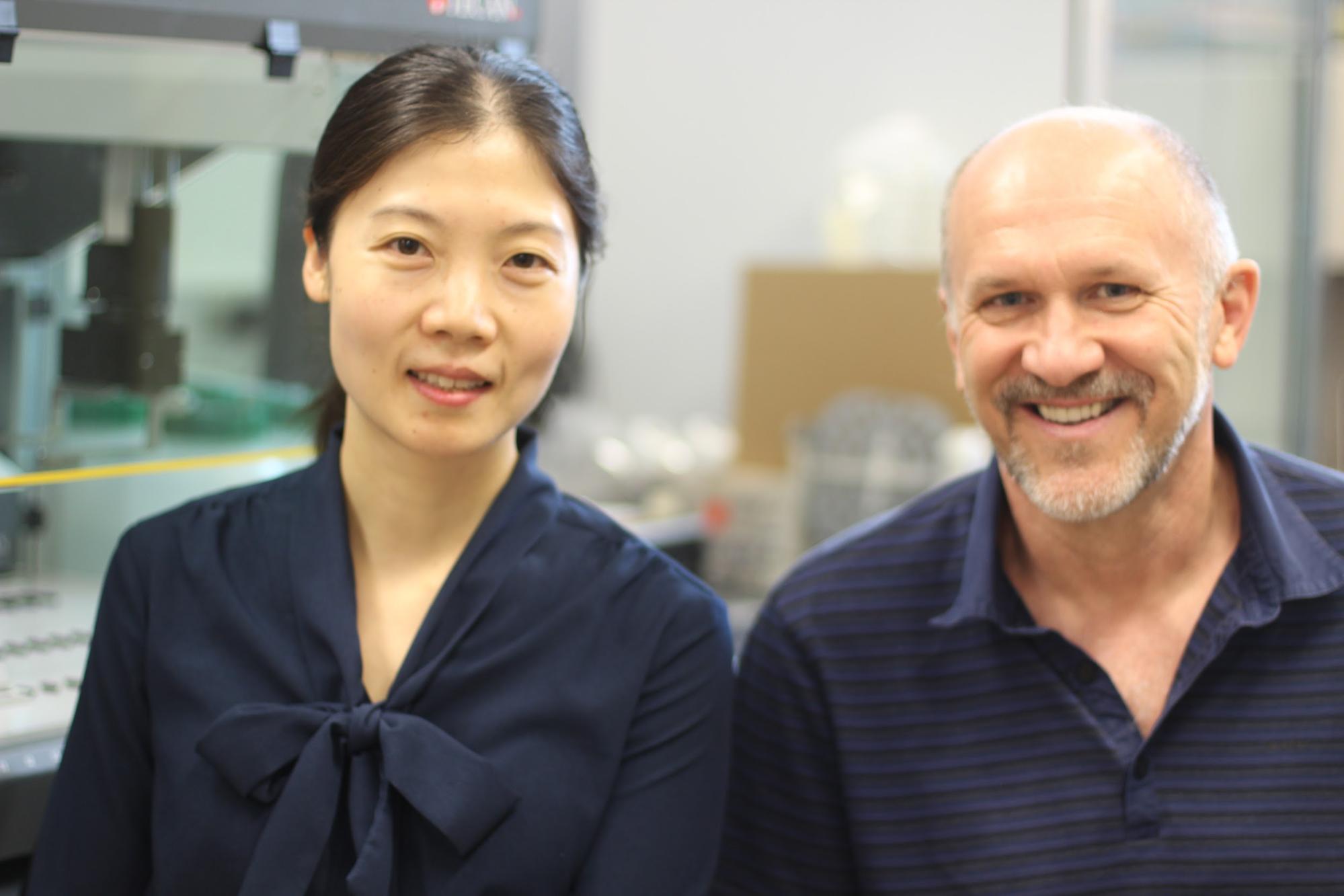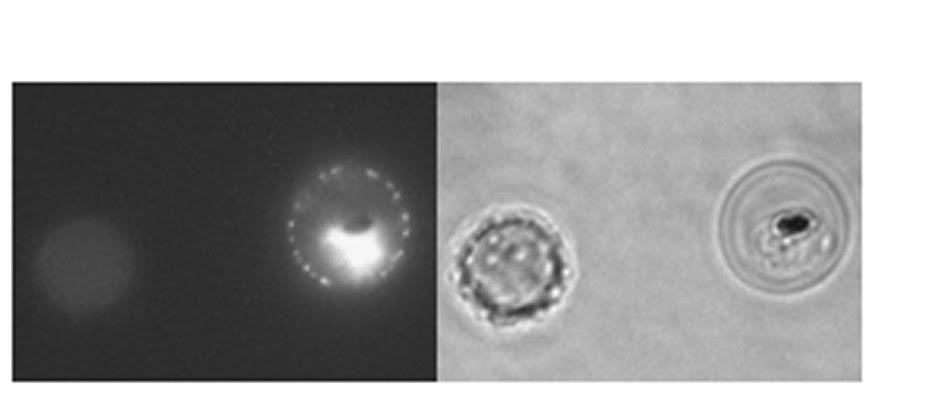‘Placenta-on-a-Chip’ Technology Will Let Scientists Research Neonatal Diseases Without Using Human Fetuses
Credit to Author: Claire Downs| Date: Tue, 12 Sep 2017 14:00:00 +0000
It’s hard to believe, but in the last few years, scientists have made great strides miniaturizing and recreating human organs on microchips, which researchers hope will help speed new drug development.
Organs-On-Chips (OOCs), pioneered by engineers at Harvard’s Wyss Institute for Biologically Inspired Engineering in 2015, can be the size of a AA battery, and are embedded with microfluidic tubes containing human cells that mimic the biomechanical structure and function of a human organ. Researchers around the world have molded and adapted OOC technology to give hearts, lungs, kidneys and bones the microfluidic treatment.
Now, researchers from Florida Atlantic University are developing a placenta-on-chip that will mimic the microenvironment of the maternal-fetal interface and allow them to conduct studies on a variety of placental conditions and pathologies. The hope, here, is that placentas-on-chips can be used to eventually prevent pregnant women with malaria from having complications during their pregnancies. The research is also an early breakthrough on a future in which neonatal disease can be researched without using actual human embryos or fetuses, perhaps allowing scientists to sidestep some ethical dilemmas.
Read more: This Microchip Will Deliver Drugs In Your Body By Remote Control
Led by Dr. Sarah Du and Dr. Andrew Oleinikov, the chip will first be used to examine the effects of malaria on placentas and fetuses. Malaria accounts for over 10,000 maternal and 200,000 neonatal deaths per year, and contributes to perinatal morbidity and mortality in developing nations. The infectious disease can cause higher rates of miscarriage, intrauterine demise, premature delivery, low birth weight, and neonatal death. Du and Oleinikov received a $400,000, two-year grant from the National Institutes of Health to develop the technology and ultimately devise new treatments to reverse the effects of congenital and maternal malaria.

Du and Oleinikov’s malaria-infected Placenta-On-a-Chip will test vascular cell wellbeing and nutrient circulation between mother and fetus to see how it responds to various drug treatments. By using embedded microsensors, the chip will be able to simulate actual blood flow in vitro, and create a lifelike microenvironment that mimics infected red blood cells as they adhere to the placenta. Oleinikov, who has studied infectious diseases since 2004, believes that using microfluidics to study cellular and pathological events in pregnant women and fetuses will “advance the understanding of human diseases down to the single cell level.”
Emerging technologies like OOCs and the collaboration between bioengineering and microbiology give us reason to be optimistic about an eventual path toward malaria eradication. The United Nations and the Gates Foundation believes that if leaders continue to invest in their commitment to eliminate the disease, we could see large-scale eradication by 2040.
Beyond malaria studies, the Placenta-On-Chip also fulfils a crucial need when it comes to pregnancy studies.
“There are a number of challenges in studying the biology of the human placenta in its natural form or in situ because of ethical reasons as well as accessibility,” Du told me. Du and Oleinikov explained that once their Placenta-On-Chip completes its two year study, the chip could be used to study a variety of issues facing women and fetuses without having to test on human subjects or animals.

“Because it’s not possible to do many things in vivo this would be a nice model to explore many issues which exist in vivo. And see if we can find treatment for many other disorders with no fetal interaction,” Oleinikov told me.
The placenta and by proxy, fetal growth can also be affected by a myriad of pathologies. Placental abruption (which affects 1 in 100 pregnancies), sexually transmitted diseases, the ZIKA virus, rubella, chicken pox, and common bacterial diseases can all cause placental abnormalities during pregnancy. With placenta-on-chip technology, researchers can have a deeper understanding of the inner workings of many fetal disorders that millions of families face each year.
Until then, the closest we civilians can get to these bioengineering breakthroughs is by viewing them at the MoMa. The Museum of Modern Art of New York City added an Organ-On-Chip to its permanent collection in 2015.
Dear Future is a partnership with CNET that will explore the people, companies, and communities that are ushering in the future we were all promised. Follow along here.
https://motherboard.vice.com/en_us/rss